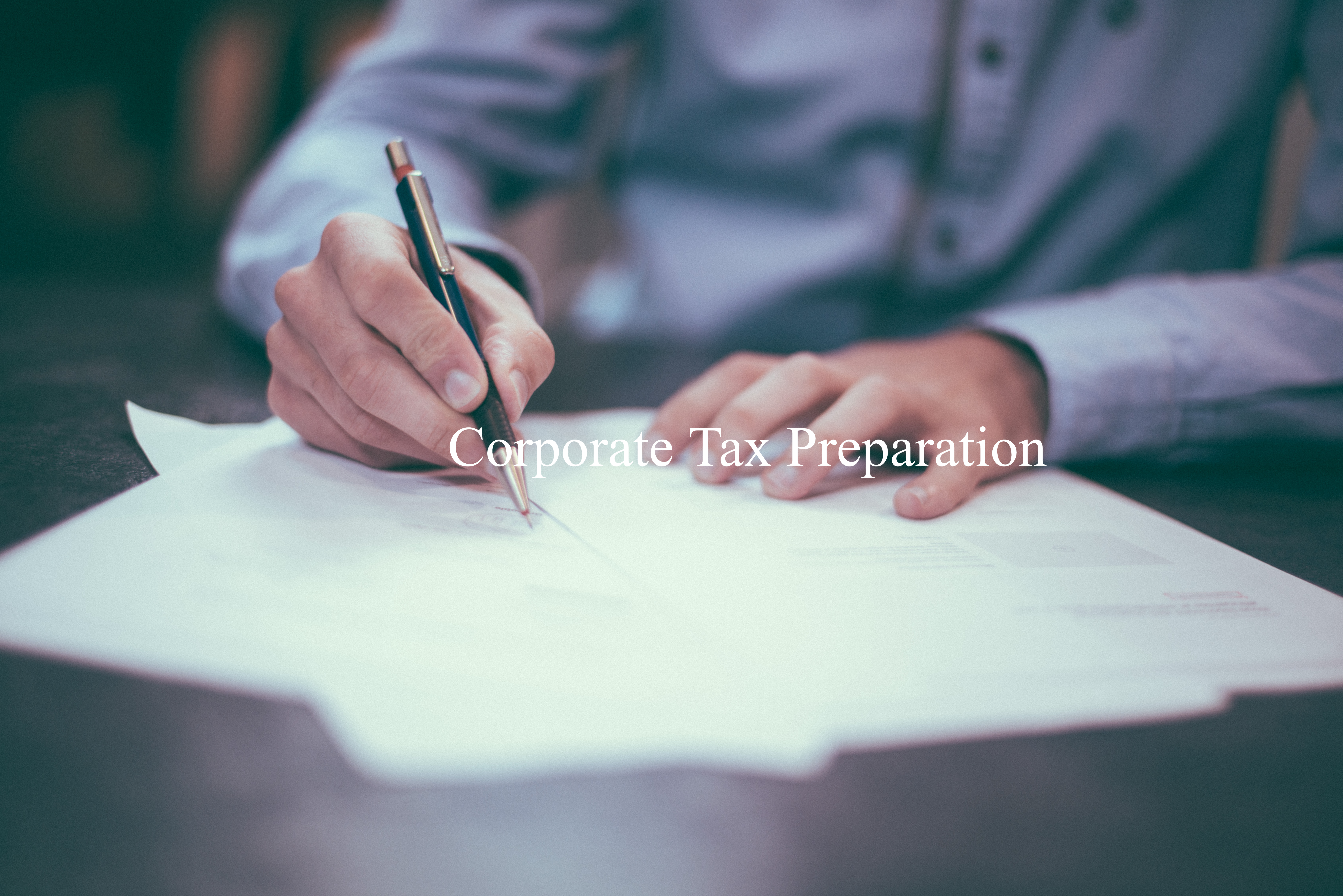
The government of Canada taxes corporate income twice: once at the corporate level, again when dividends are collected from the corporation and taxed again at the shareholder level, and yet again when earnings are dispersed to shareholders at the shareholder level. This is the government’s stated policy. Shareholders who receive dividends from Canadian corporations are given preferential tax treatment. This strategy is founded on the idea of merging the company’s earnings with those of the shareholders. Individuals who receive dividends from a Canadian corporation are entitled to preferential tax treatment. You will be subject to a particular tax treatment if you receive a dividend from a company with its headquarters in Canada.
It is also possible that a shareholder may be hired by the business or appointed to the company’s executive committee, and that he or she would be monetarily paid for their efforts. As a result, a shareholder-manager of a private company has the authority to withdraw cash from the company in return for remuneration or dividend payments. When deciding on a method of distribution, the most significant factor to examine is the amount of net after-tax cash that will be in the hands of the shareholder after deducting the amount of income tax owing by both the shareholder and the firm, as well as any other relevant factors. It does not, however, relieve an individual of his or her need to pay personal income taxes on the business’s earnings if he or she becomes a shareholder in the corporation. This strategy is only for the aim of lowering income taxes. It serves no other purpose.
Individual income taxes are levied at the individual level under the Income Tax Act (ITA), which contains a number of unique provisions designed to prevent shareholders from drawing or benefiting from the corporation’s property or capital in any way other than salary or dividends, thereby avoiding taxation at the individual level.
Section 15(1) of the Internal Revenue Code was established to prevent shareholders from receiving cash or property from their corporation, either directly or indirectly, without first paying taxes on the distributions received.
Furthermore, Section 15(1) applies whenever a firm offers a benefit of any kind to a shareholder, regardless of the nature of the benefit. A “shareholder” is defined as any person who is eligible to receive dividend payments under Section 248 of the Code of Federal Regulations (1). Similarly, a benefit offered to a person in anticipation of that person becoming a shareholder is covered under subsection 15 of the Act (1). According to case law, a benefit has been provided if the shareholder has profited financially as a consequence of the transaction being consummated.
According to current legislation, paragraph 15(1) of the Code applies to a benefit delivered to a person who is also a shareholder in the company. As a consequence of the requirements of this Act, a person who is thinking about becoming a shareholder but hasn’t taken the necessary steps is referred to as a “contemplated shareholder.” According to paragraph 15(1.4) of the Code, a potential shareholder is a person or a partnership who is contemplating becoming an investor at the time of the transaction (b). It applies to partnerships if the partnership is a member of another partnership that is a shareholder or prospective shareholder in a firm. The partnership is subject to the look-through requirement outlined in paragraph 15(1.4) in this case (b). Participants in a shareholder partnership are regarded members of the partnership in which they have made a financial investment as a result of their involvement.